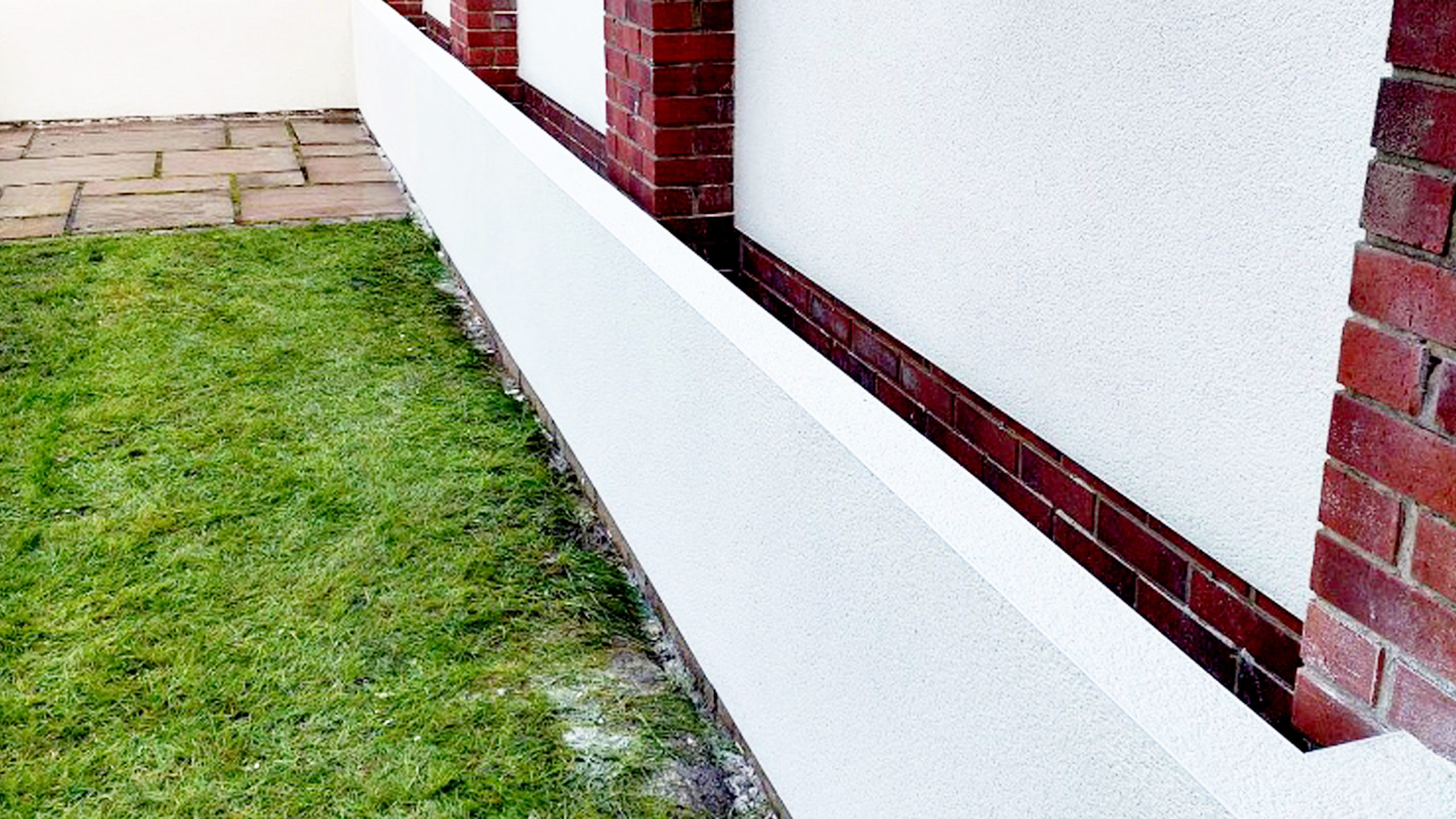Introduction
Building a stucco garden wall adds both beauty and functionality to your outdoor space. Stucco walls offer durability, weather resistance, and a classic aesthetic that complements various garden styles. Whether you want privacy, a boundary marker, or a decorative feature, a stucco garden wall is an excellent choice. This guide will walk you through the essential steps and expert tips to build a strong, lasting stucco wall with professional results.
Planning Your Stucco Garden Wall
Why Choose Stucco for Garden Walls?
Stucco is a versatile exterior finish made from cement, sand, lime, and water. It provides a seamless, textured surface that resists moisture and cracking when applied correctly. Compared to brick or stone, stucco can be more cost-effective and easier to customize in terms of color and finish.
Key Considerations Before Building
- Local building codes: Check regulations on wall height and placement.
- Purpose: Decide if the wall is for privacy, decoration, or support.
- Materials: Gather concrete blocks or bricks for the base structure.
- Tools: Trowels, floats, wire mesh, level, and mixing tools are essential.
Planning thoroughly ensures your project meets both aesthetic and functional needs.
Preparing the Foundation and Structure
Building a Solid Base
A stucco wall requires a strong, stable foundation to prevent cracking and settling. Typically, this means pouring a concrete footing:
- Excavate a trench below the frost line (usually 12-18 inches deep).
- Pour reinforced concrete footing at least 12 inches wide.
- Allow the footing to cure for 24-48 hours.
Constructing the Wall Frame
Most stucco garden walls use concrete blocks or bricks as the base:
- Lay blocks with mortar, ensuring level and plumb placement.
- Incorporate vertical rebar for reinforcement every few feet.
- Fill block cores with concrete for added strength.
This structural base supports the stucco finish and enhances durability.
Applying Stucco: Materials and Techniques
Stucco Mix and Layers
Stucco application involves multiple coats:
- Scratch coat: The first layer bonds to the wall. Scratch it lightly to create a rough texture for the next coat.
- Brown coat: This middle layer builds thickness and smooths the surface.
- Finish coat: The final layer provides color and texture.
Use a premixed stucco or mix cement, sand, lime, and water in the correct proportions for best results.
Reinforcement and Application
- Attach galvanized wire mesh over the blocks to help stucco adhere and prevent cracking.
- Apply each coat evenly using a trowel, allowing adequate drying time (usually 48 hours between coats).
- Use a float to achieve the desired texture on the finish coat.
Weather Considerations
Avoid applying stucco in extreme heat, freezing temperatures, or rain to ensure proper curing and adhesion.
Finishing Touches and Maintenance
Sealing and Painting
Once the stucco is fully cured (about 28 days), apply a breathable masonry sealer to protect against moisture. You can also paint the wall with elastomeric paint for added color and weather resistance.
Regular Maintenance Tips
- Inspect for cracks annually and repair promptly.
- Clean the surface with mild detergent and water.
- Avoid planting vines directly on the stucco to prevent moisture damage.
Proper maintenance extends the life and appearance of your stucco garden wall.
Conclusion
Building a stucco garden wall combines structural integrity with aesthetic appeal, enhancing your outdoor space’s value and enjoyment. By carefully planning, constructing a solid foundation, applying stucco correctly, and maintaining the wall, you ensure a durable and beautiful garden feature. Start your project with confidence, knowing these expert guidelines will help you achieve professional results that last for years.
